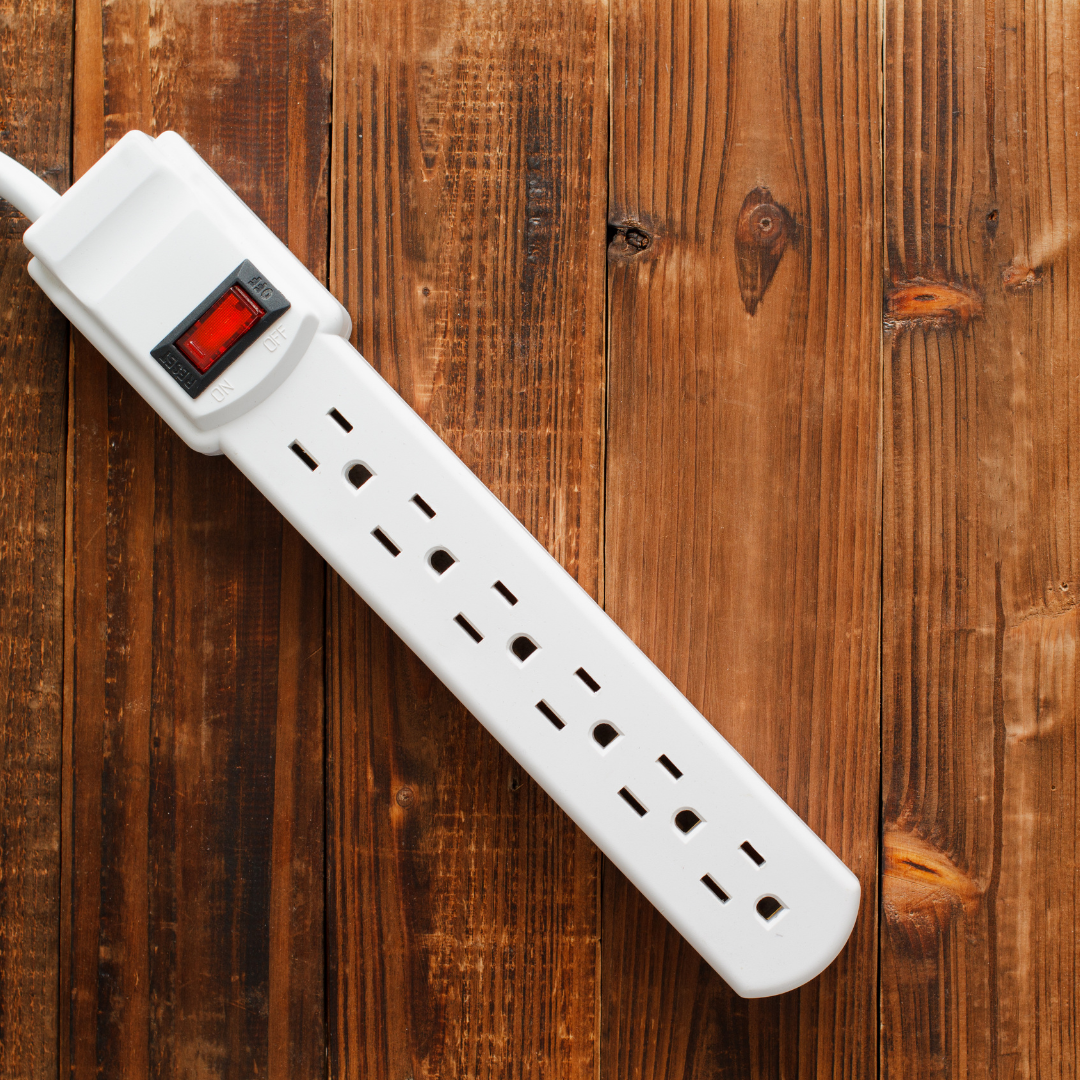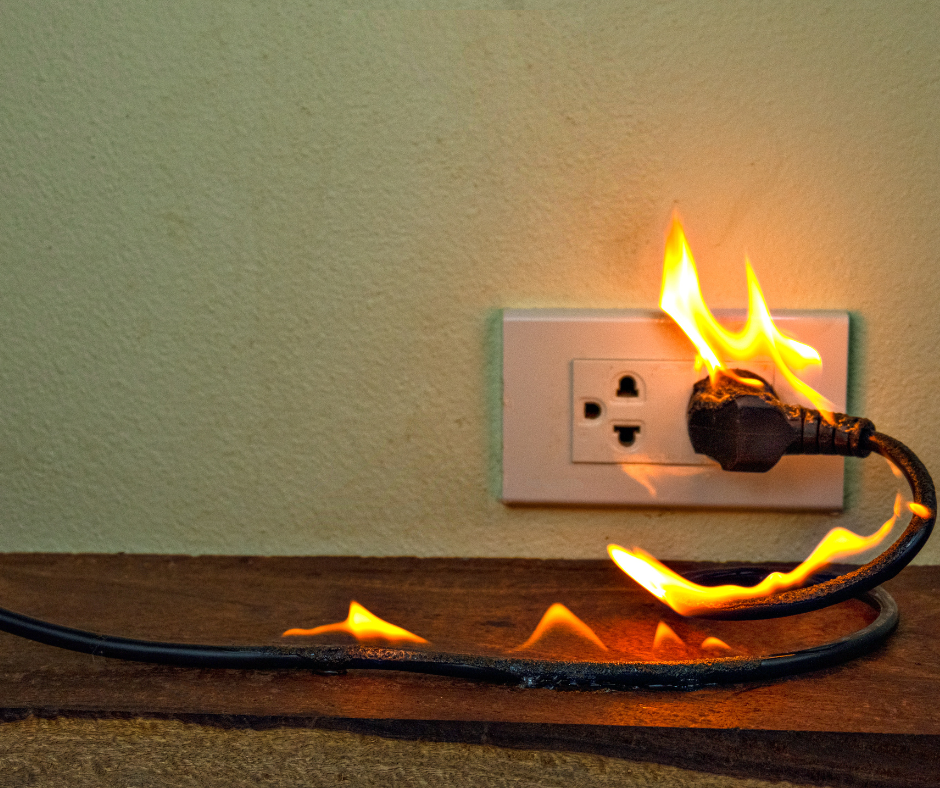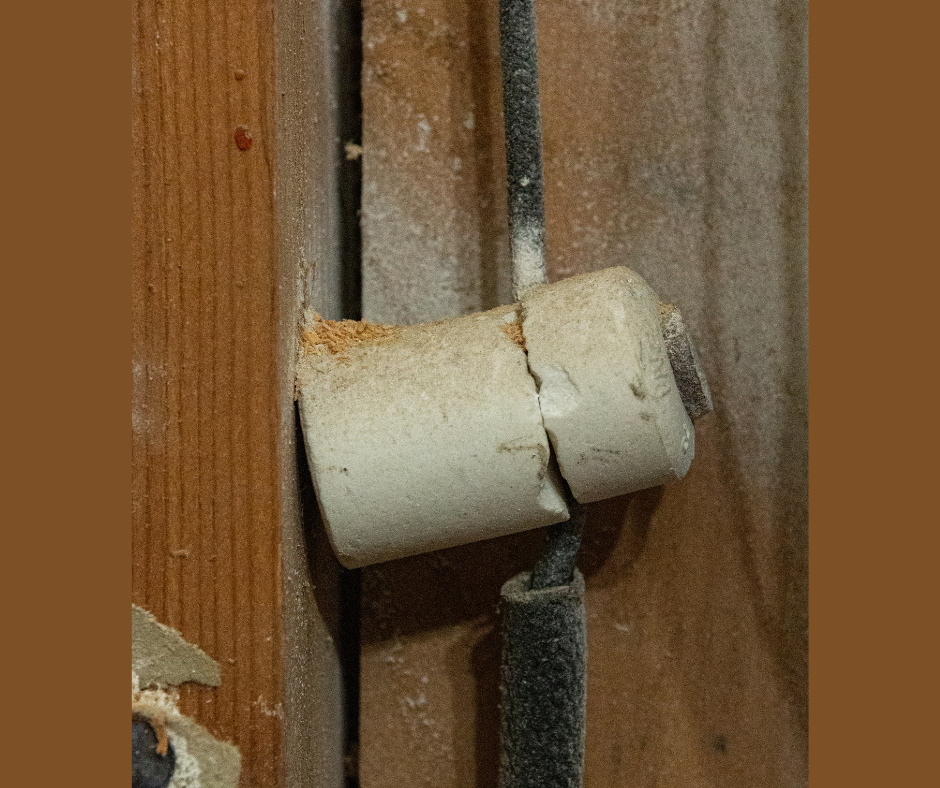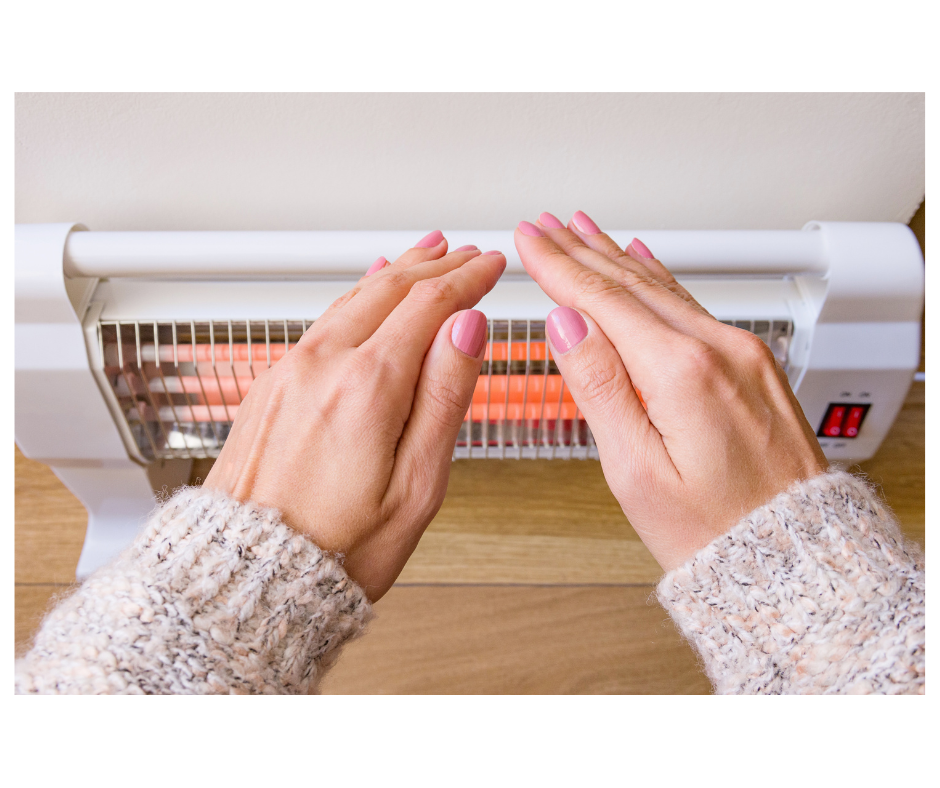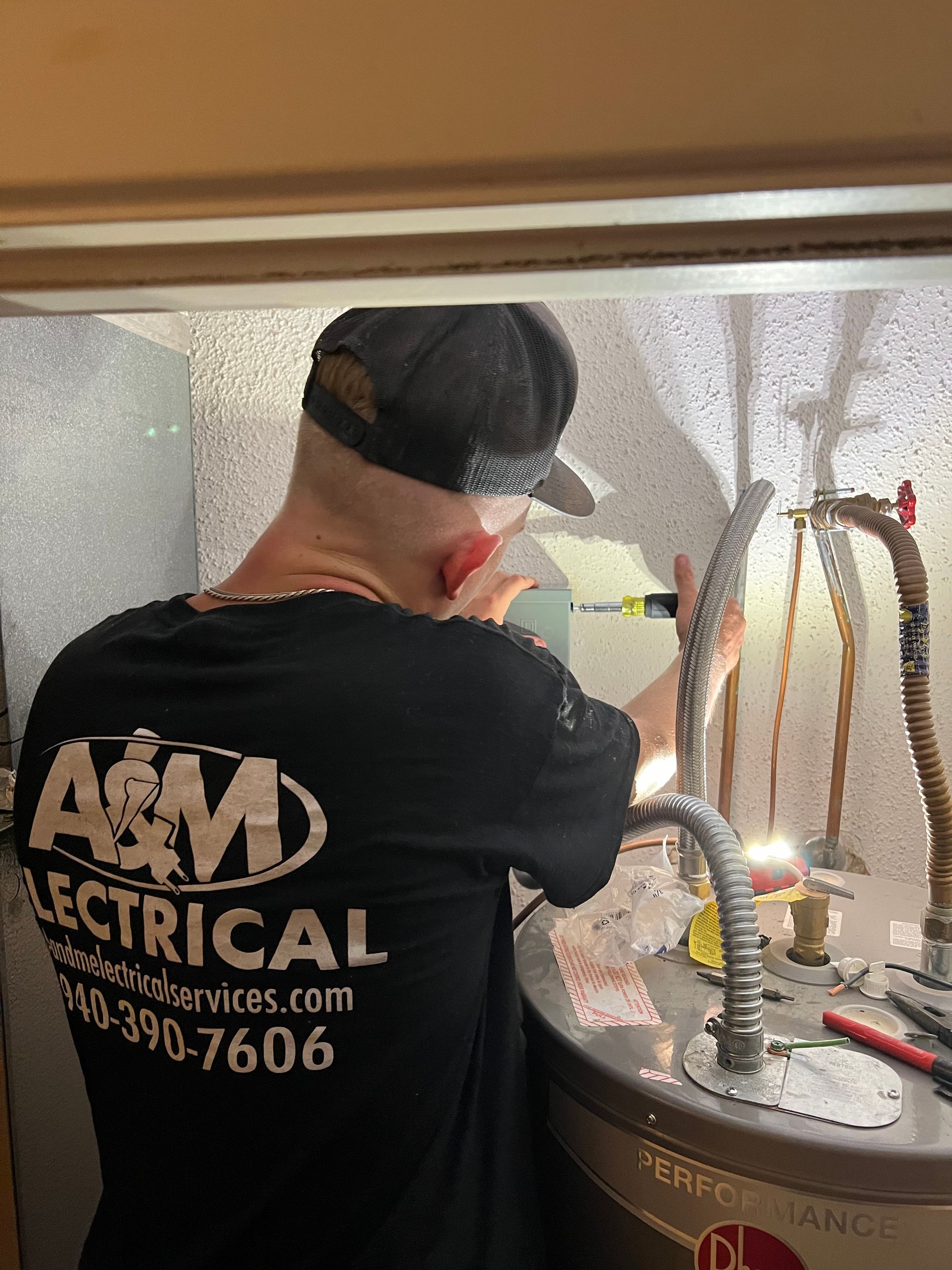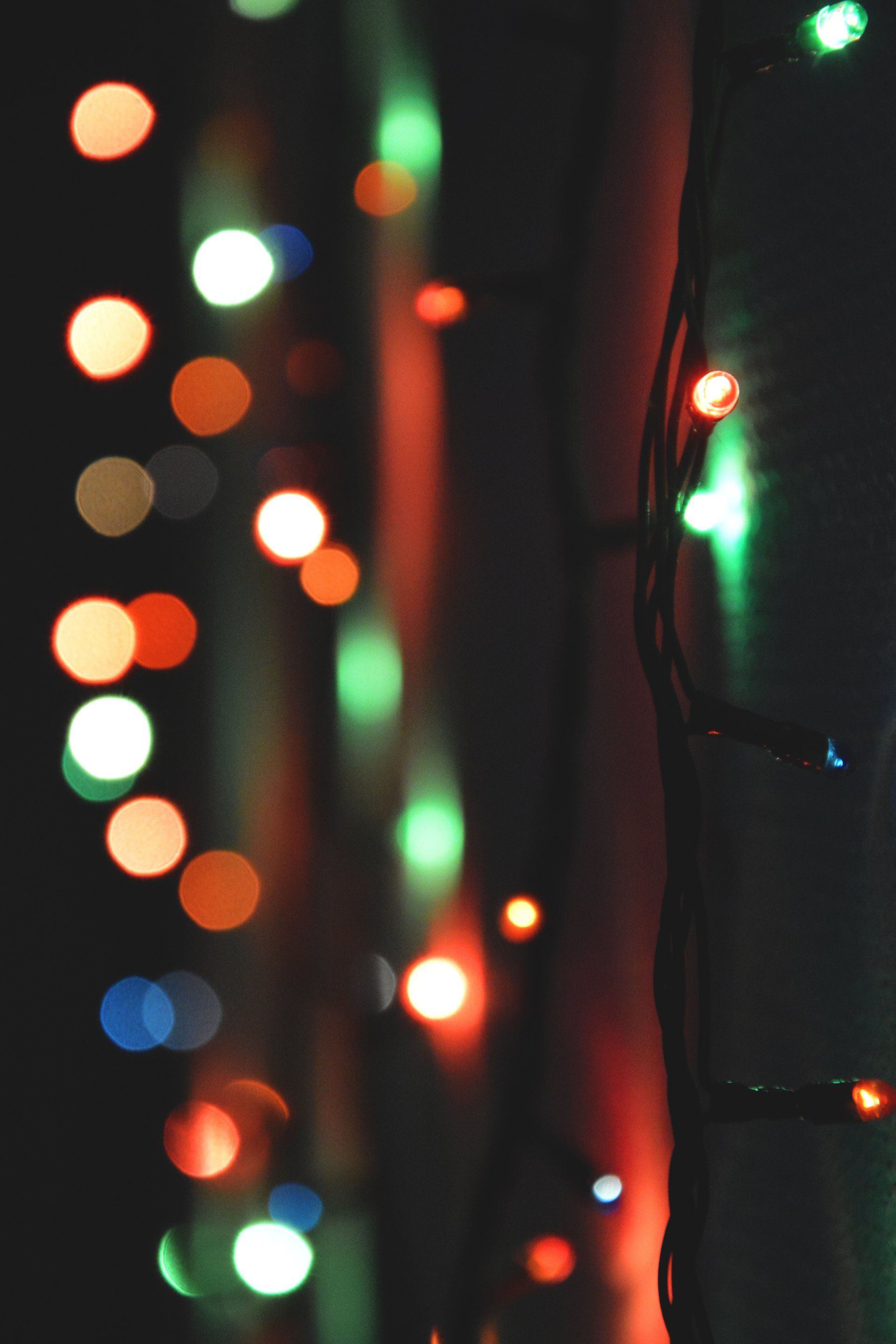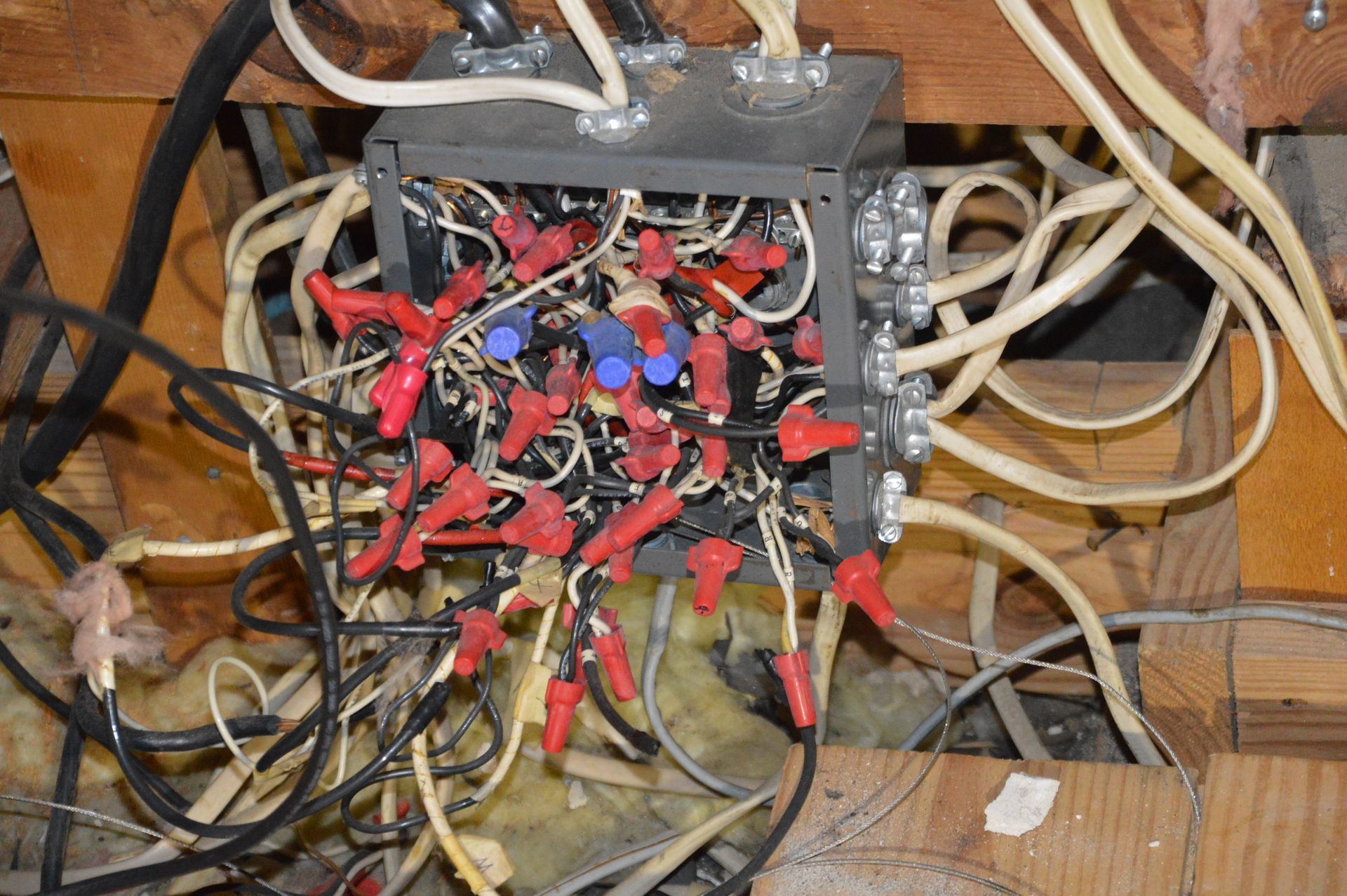If Your House was built between 1965-1975, Read on for Possible Dangers
August 28, 2023
The Dangers of Aluminum Wiring
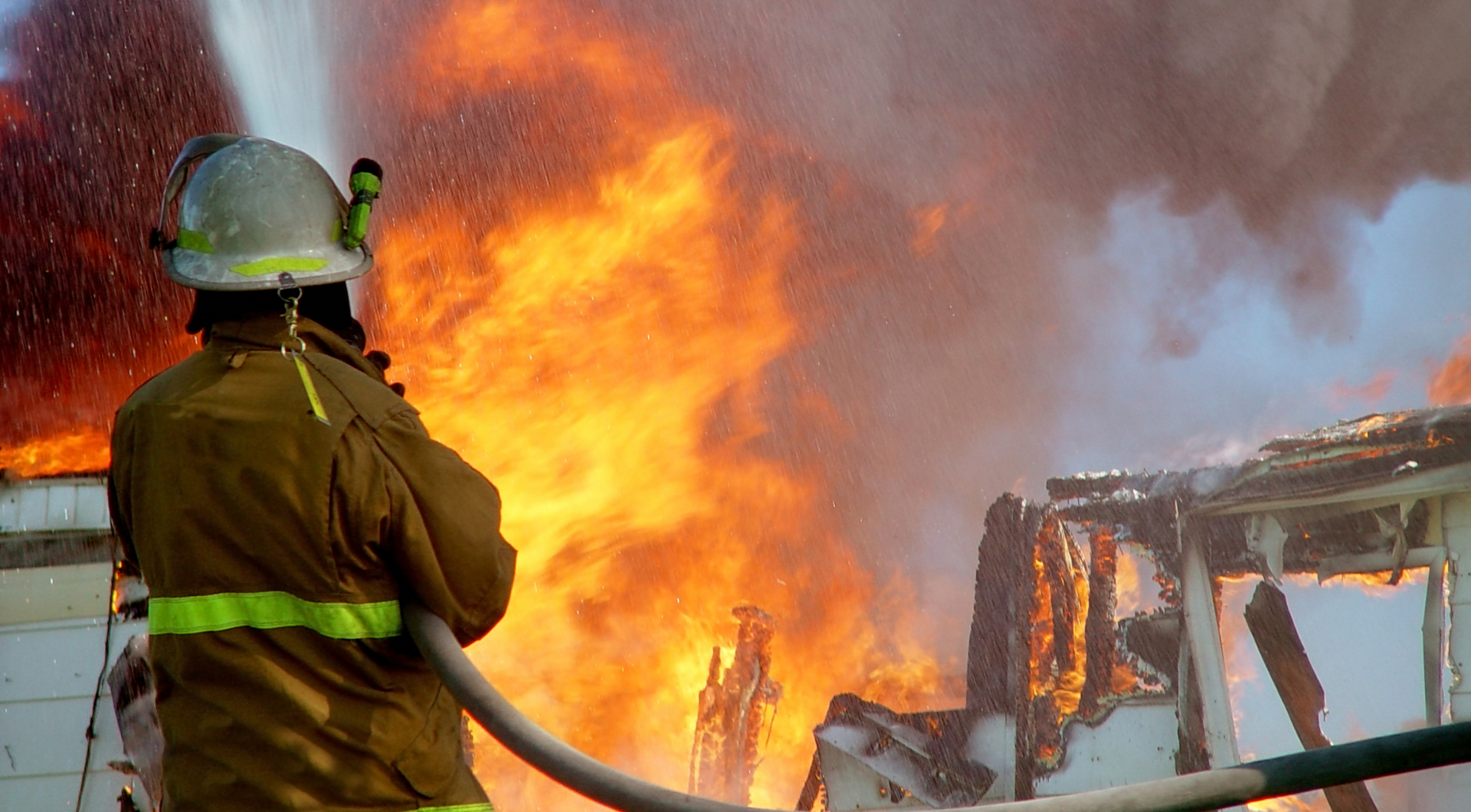
Aluminum wiring, once hailed as a cost-effective alternative to copper, has emerged as a major concern in residential properties. Although aluminum wiring was widely used in the 1960s and 1970s due to its affordability, it has since gained notoriety for its inherent dangers. As homeowners seek to ensure the safety of their dwellings, it's imperative to understand the potential hazards associated with solid-strand aluminum wiring.
1. Increased Fire Risk:
One of the primary dangers of aluminum wiring is its susceptibility to fire hazards. Aluminum is a highly reactive metal, and when it comes into contact with certain materials, such as copper, it can lead to corrosion and overheating at connection points. Over time, this can result in loose connections, arcing, and ultimately, fires. According to the U.S. Consumer Product Safety Commission (CPSC), homes with aluminum wiring are 55 times more likely to have fire hazard conditions.
2. Expansion and Contraction:
Aluminum wiring expands and contracts with temperature fluctuations more than copper does. This constant movement can cause connections to loosen over time, leading to increased resistance, heat generation, and potential fire risks. It's essential to note that copper and aluminum expand and contract at different rates, exacerbating the problem.
3. Oxidation and Corrosion:
Aluminum tends to oxidize and corrode when exposed to air, leading to a buildup of aluminum oxide. This oxide can create resistance at connection points, causing overheating and potential fire hazards. Additionally, the presence of aluminum oxide can make it challenging to identify problematic connections through visual inspection alone.
4. Compatibility Issues:
Aluminum wiring is not compatible with many modern electrical devices and switches. The different conductivity properties of aluminum compared to copper can result in poor connections and increased heat at these points. Retrofitting a home with aluminum wiring to accommodate modern electrical components can be costly and complex.
5. Insurance and Resale Difficulties:
Many insurance companies are wary of homes with aluminum wiring due to the increased fire risk. This can result in higher insurance premiums or even difficulty in obtaining coverage altogether. Moreover, when homeowners decide to sell their properties, they may face challenges as potential buyers often demand rewiring or price reductions to compensate for the risks associated with aluminum wiring.
To mitigate the dangers of aluminum wiring, homeowners have several options:
1. Regular Inspections:
Regular electrical inspections by qualified professionals can help identify and address potential issues before they become hazardous.
2. Rewiring:
The most effective long-term solution is to replace aluminum wiring with copper, which is less prone to the risks associated with aluminum.
3. Aluminum Wiring Retrofit:
This involves installing specialized connectors and devices that are designed to work safely with aluminum wiring. While this can be a more cost-effective option than full rewiring, it's crucial to consult with a certified electrician for this process.
In conclusion, the dangers of aluminum wiring in residential houses cannot be overstated. Homeowners should be aware of the potential risks and take proactive steps to ensure the safety of their homes. Whether through regular inspections, rewiring, or retrofitting, addressing aluminum wiring concerns is an investment in the safety and value of a residential property. Your home should be a haven of security, and addressing the dangers of aluminum wiring is a crucial step towards achieving that peace of mind.
If you or a loved one has a has built between 1965-1975, contact us today at 940-390-7606
so we can evaluate the wiring of the home and help determine the best method to make it safe.

While we are an electrical service company, we also realize that many DIYers will be working on their home’s electrical system. Please always use caution when inspecting or repairing any electrical items in the house, and if you are unsure about what to do, please call us and we will be glad to help. No matter what the repair is, make sure the power is off to the item you are working on, and use the correct tools for the job. This article lists some of the tools you or that DIYer you love might need to get the job done safely and correctly. 1. A non-contact voltage tester ($10-30) This quickly (and non-invasively) checks if a circuit is live or not. It's an important safety tool to ensure that electrical circuits are de-energized before working on them. Just because the breaker is off, does not mean there is no power to it. Always double-check with one of these. 2. Multimeter ($35-100) This is for measuring voltage, current, and resistance. It is essential for diagnosing electrical issues and testing circuits. It can be used for the home or for DC current—like cars, boats, etc. 3. Circuit Breaker Finder ($50-100) Many homes do not have their breakers labeled at the panel. This tool helps you identify which breaker goes to which room--much better than yelling across the house! 4. Wire Stripper/Cutter ($10-20) These are for cleanly and safely stripping and cutting wires. Different sizes of wire strippers might be needed for various wire gauges, but most cover several ranges of wire size. The most common wire strippers work on 5-7 different wire sizes. The right tools can make the job easier and safer and can lead to a much better result. These 4 items are just a few of the many tools that help anyone working on electricity. If you have questions or maybe have a job that is a little too big to handle, give us a call at (940) 390-7606 and we will be glad to help.
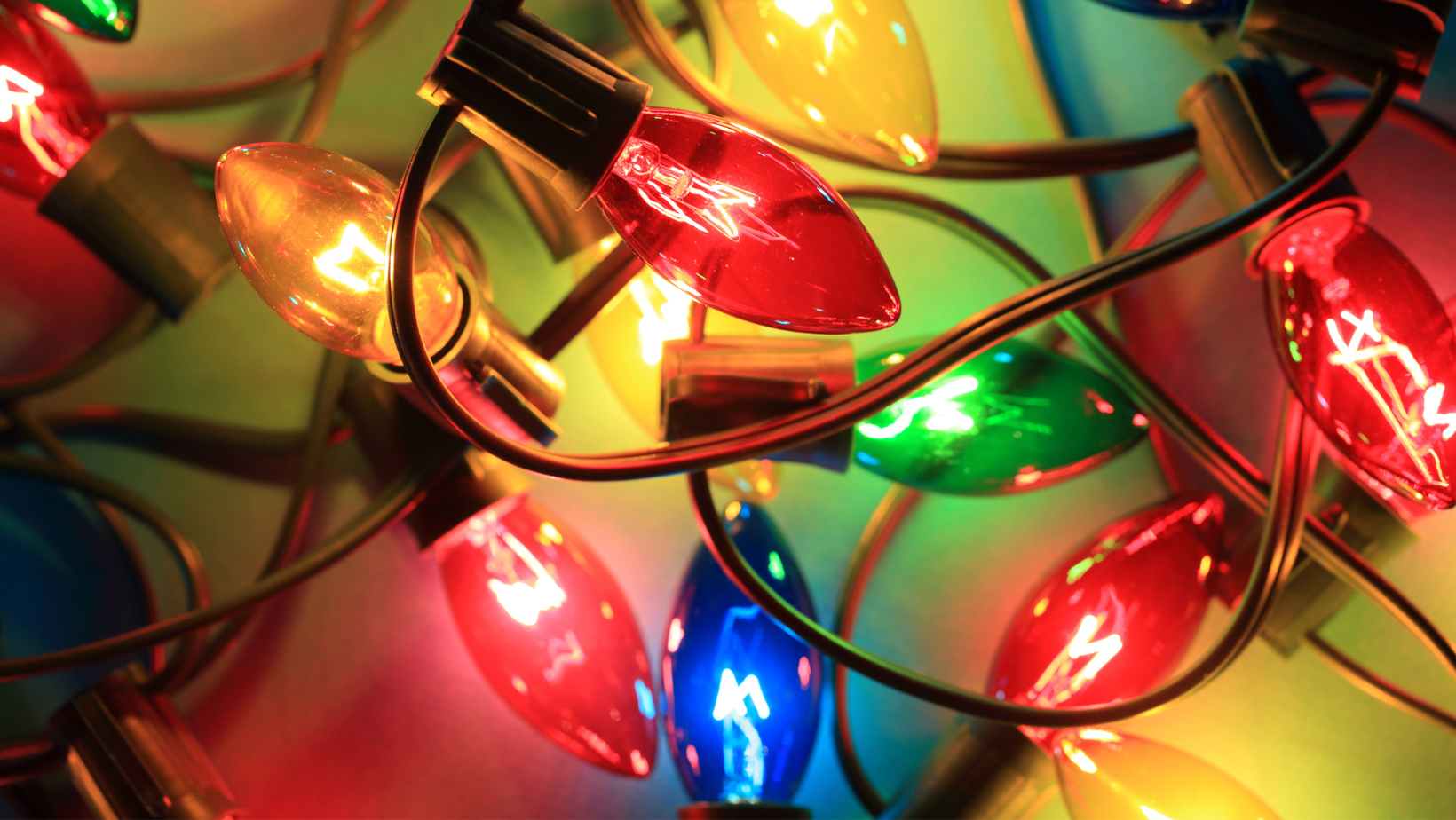
The holiday season is a time of joy, celebration, and festivity. However, amid the twinkling lights and cheerful decorations, there lurks a silent danger that often goes unnoticed – electrical hazards. From overloading circuits to poorly maintained decorations, the festive spirit can inadvertently lead to tragic consequences. One of the primary culprits contributing to electrical dangers during the holidays is the excessive use of extension cords and power strips . With a myriad of devices vying for power, it's not uncommon for individuals to overload circuits, creating a breeding ground for electrical fires. According to the National Fire Protection Association (NFPA), holiday-related electrical fires result in an annual average of $10 million in property damage. String lights, a hallmark of holiday decorations, pose a significant risk if not handled properly. Frayed wires, damaged sockets, or using lights that are not rated for outdoor use can lead to electrical shocks and fires. The Consumer Product Safety Commission (CPSC) reports an alarming increase in emergency room visits during the holiday season due to injuries caused by faulty holiday lighting, emphasizing the need for vigilance. In addition to property damage, the toll on human lives due to electrical hazards during the holidays is staggering. The U.S. Fire Administration estimates an average of 160 injuries and 10 fatalities annually related to holiday decorations . These heart-wrenching statistics underscore the importance of taking precautions to ensure the safety of both homes and loved ones. To limit these risks, it's crucial to inspect all decorations before use, looking for signs of wear and tear. Replace any damaged lights or cords immediately. Furthermore, avoid overloading outlets and invest in high-quality extension cords with surge protection. Educating yourself and family members about the potential dangers is an essential step in preventing accidents. Promoting responsible electrical practices during the holidays can significantly reduce the likelihood of injuries and fatalities. This includes turning off decorations before bedtime or when leaving the house to prevent fires from unattended electrical devices. While the holiday season is synonymous with warmth and joy, it's essential to be aware of the electrical dangers that can lurk beneath the surface. By taking simple precautions, such as regular inspections, responsible use of electrical outlets, and investing in quality products, we can ensure that our celebrations remain festive and safe for everyone. We’d love to help you with your holiday or non-holiday electrical needs. Call us at (940) 390-7606 today and let’s get started on your project!


